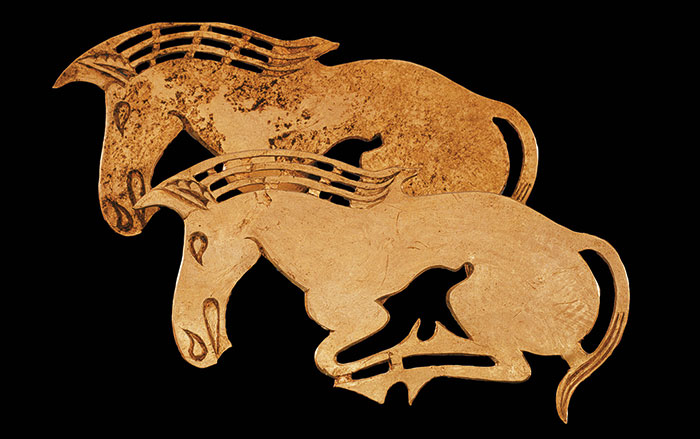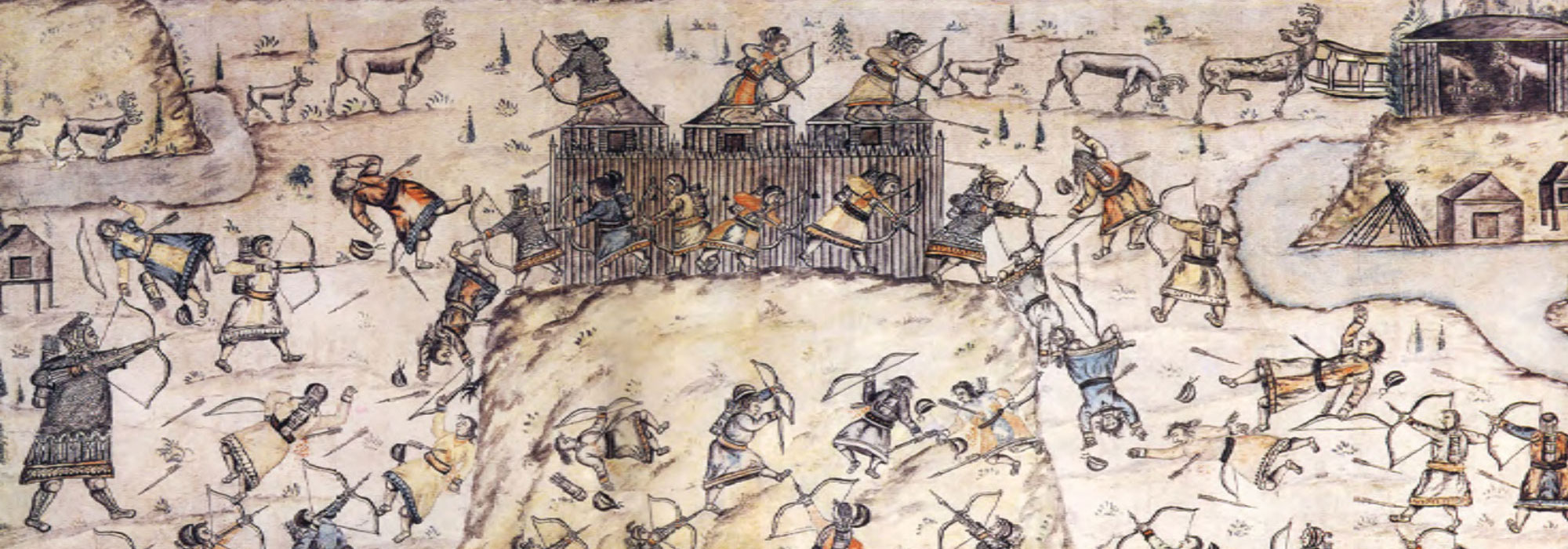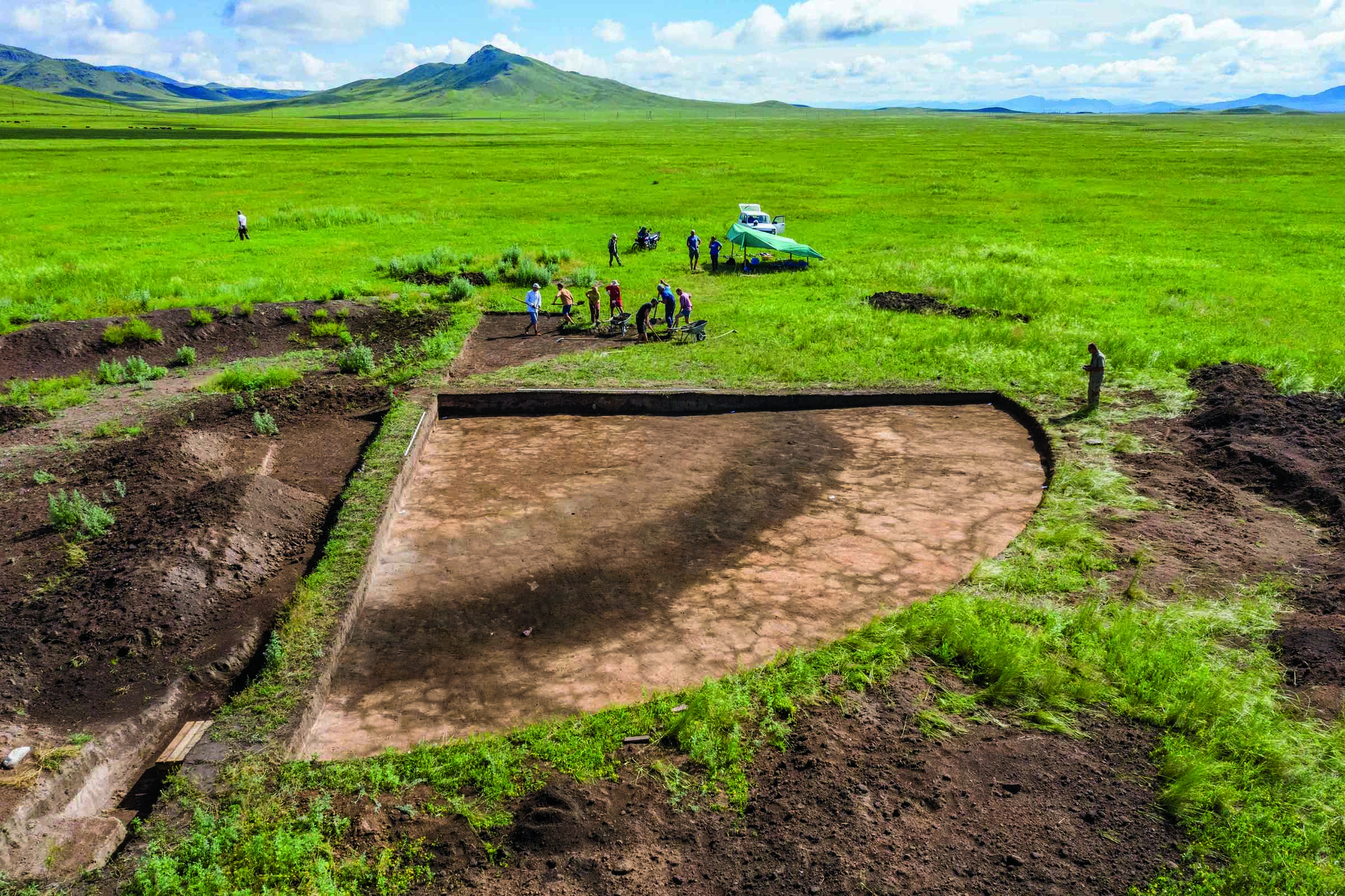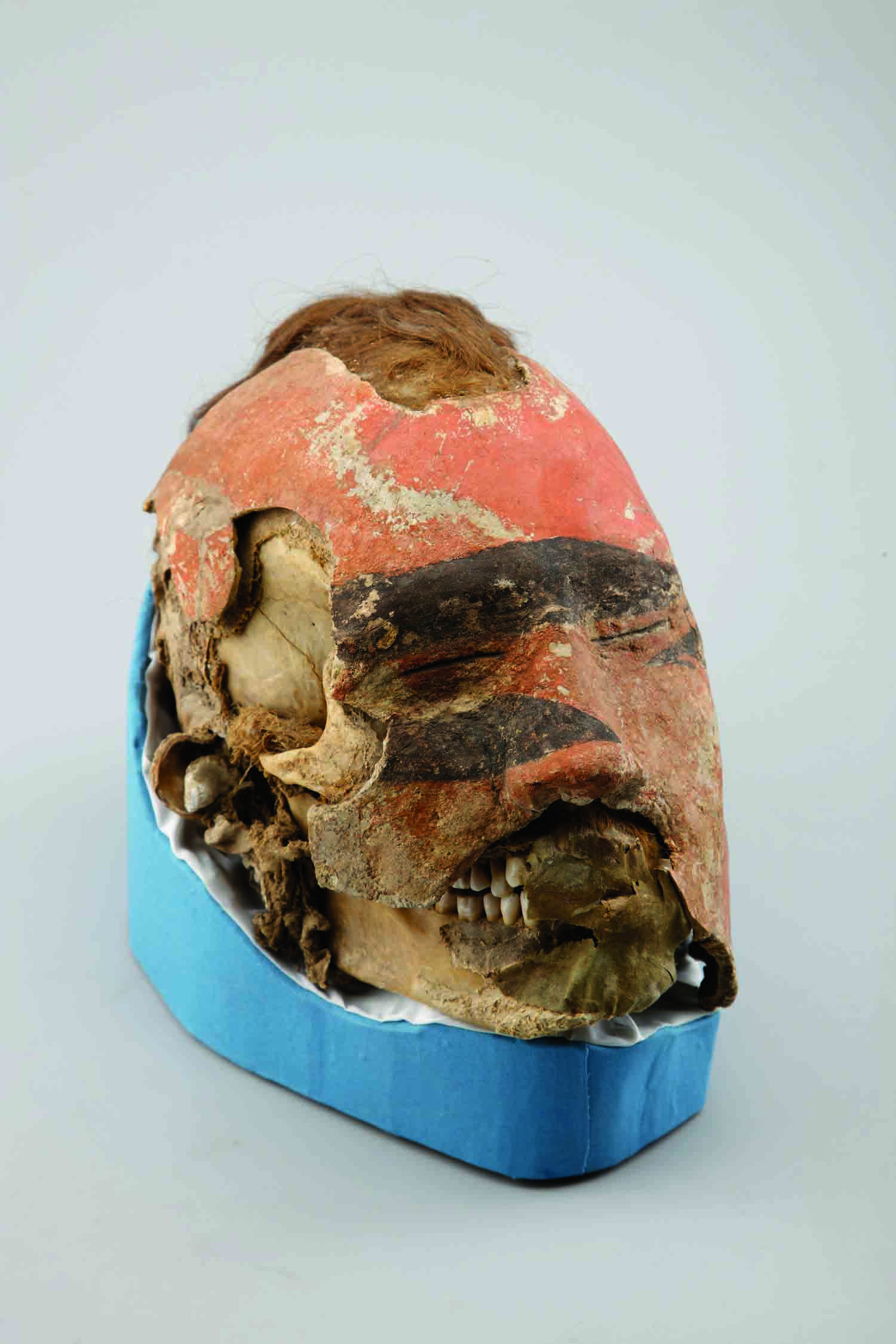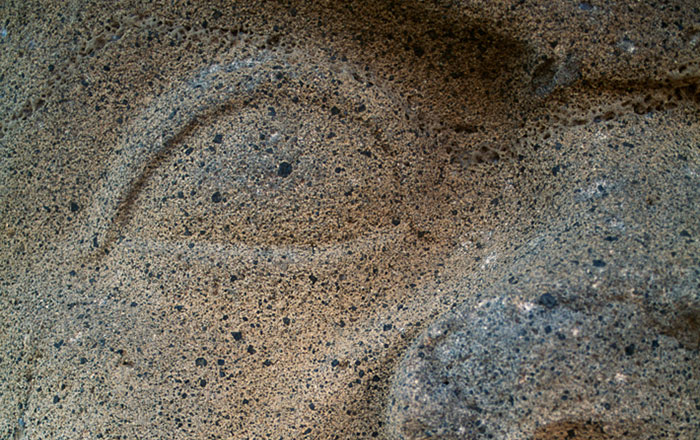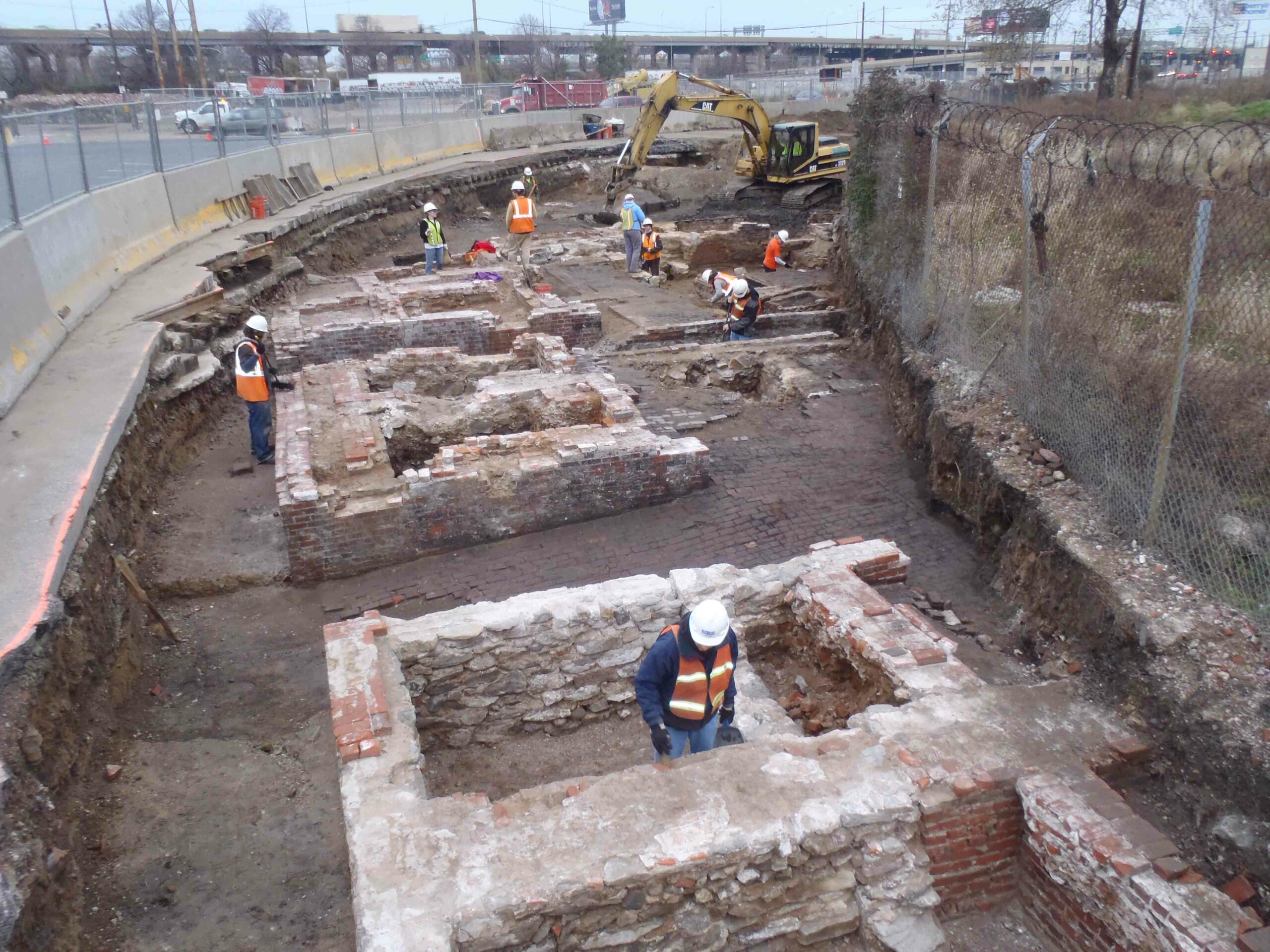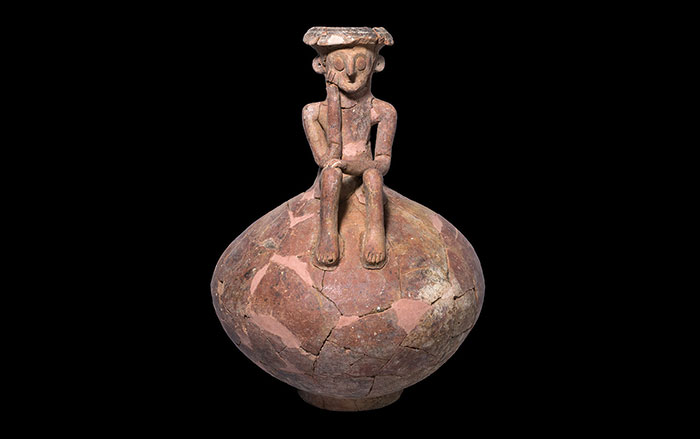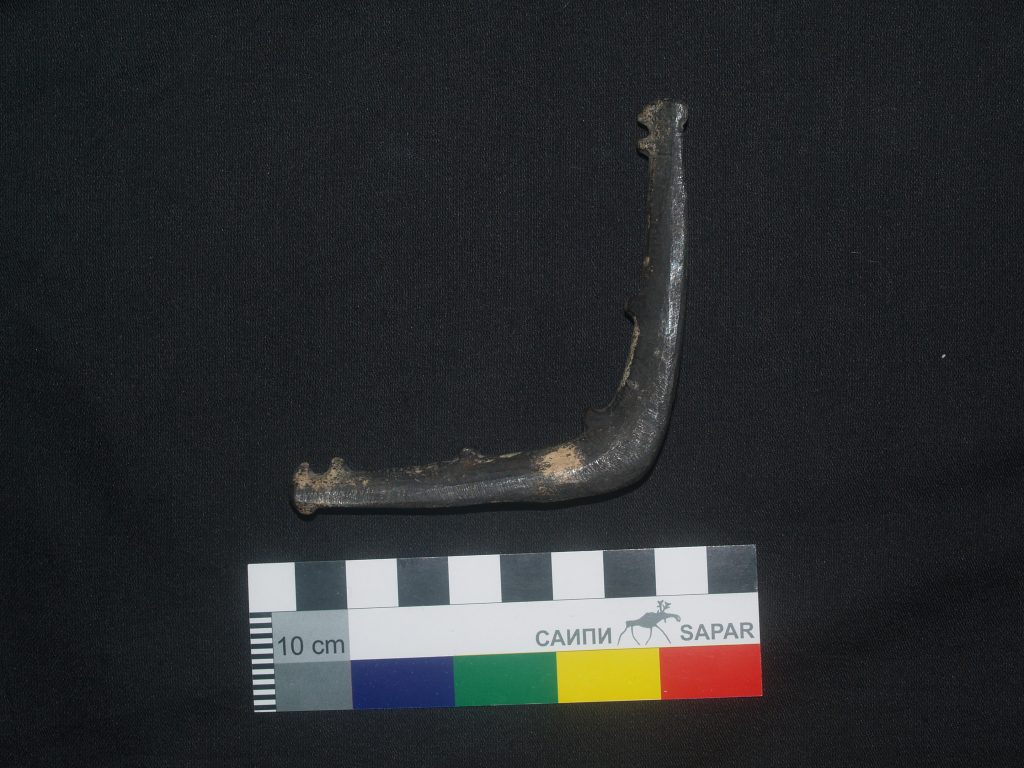
ALBERTA, CANADA—Radio Canada International reports that Robert Losey of the University of Alberta and colleague Tatiana Nomokonova are investigating possible uses for reindeer-bone artifacts recovered from Russia’s Ust’-Polui archaeological site. They think the objects may be pieces of a 2,000-year-old reindeer bridle or harness, and will ask the Nenets reindeer herders of the Yamal Peninsula in northwestern Siberia to test them. The researchers used a 3-D laser scan to produce digital models of the artifacts, which they then printed in plastic. They then attempted to replicate those objects in actual reindeer antler for use in the field. Losey and Nomokonova will live with the Nenets for a period and hope to learn how Arctic people may have interacted with herds of reindeer in the past. “It’s really unknown though when reindeer keeping first began, when people first started taming and breeding reindeer,” Losey said. “So the question is really were people harnessing and working with reindeer 2,000 or 3,000 years ago in the Arctic or are these objects something else entirely?” For more on archaeology in Siberia, go to “Squeezing History from a Turnip.”


